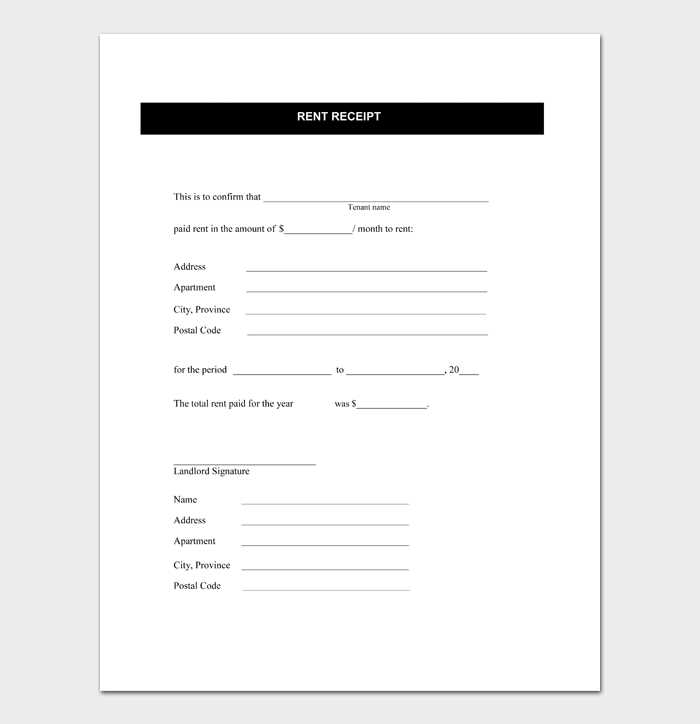
A rent deposit receipt is a straightforward document that provides confirmation of payment made for a rental property deposit. This receipt is important for both tenants and landlords, ensuring transparency and protecting the rights of both parties. It should include key details like the amount paid, the date, and the rental property address.
To make the process easier, using a simple template helps standardize this receipt, saving time and reducing errors. A well-crafted template ensures that all necessary details are included, and it can be used for multiple transactions without the need to rewrite from scratch.
The template should include the tenant’s name, landlord’s name, the amount of the deposit, and the date of payment. It’s also a good idea to note whether the deposit is refundable and any conditions attached to its return. Clear, concise information helps avoid misunderstandings later on.
Template Structure for Rent Deposit Receipt
A rent deposit receipt should contain several key details to ensure transparency and clarity for both the landlord and tenant. The template typically includes the following:
- Landlord’s and Tenant’s Information: Full names, addresses, and contact details of both parties.
- Property Details: Address of the rented property, including the unit number if applicable.
- Deposit Amount: Exact amount paid as a security deposit.
- Payment Date: Date the deposit was received.
- Reason for Deposit: Clear statement indicating that this payment is for security against damages or unpaid rent.
- Signature Section: Space for both parties to sign and date the document, confirming receipt.
How to Fill Out the Rent Deposit Receipt
To create a simple and accurate rent deposit receipt, follow these steps:
- Start with Basic Information: Fill in the full names, addresses, and phone numbers of both the landlord and tenant.
- Detail the Property: Provide the complete address of the rental property, ensuring that it matches the official lease agreement.
- List the Deposit: Clearly state the amount of the deposit paid. If the tenant made any prior payments, those should also be noted.
- Specify Payment Date: Record the exact date the payment was received. This is crucial for both parties to track financial timelines.
- Signature: Both the landlord and tenant must sign the document to confirm the receipt of the deposit.
Template Example for Rent Deposit Receipt
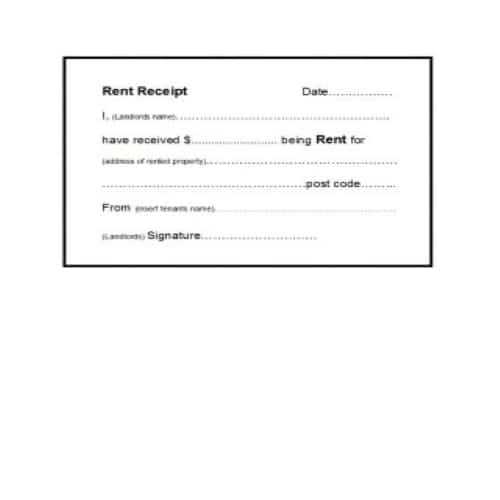
Here’s a simple rent deposit receipt template you can use:
Receipt for Rent Deposit Date: [Date of Receipt] Landlord's Name: [Landlord’s Full Name] Landlord’s Address: [Landlord’s Address] Tenant’s Name: [Tenant’s Full Name] Tenant’s Address: [Tenant’s Address] Property Address: [Rental Property Address] Deposit Amount: $[Amount] Received From: [Tenant’s Name] This payment is for the security deposit against damages or unpaid rent. Landlord’s Signature: ____________________ Date: _______________ Tenant’s Signature: _____________________ Date: _______________
How to Create a Rent Deposit Receipt Template
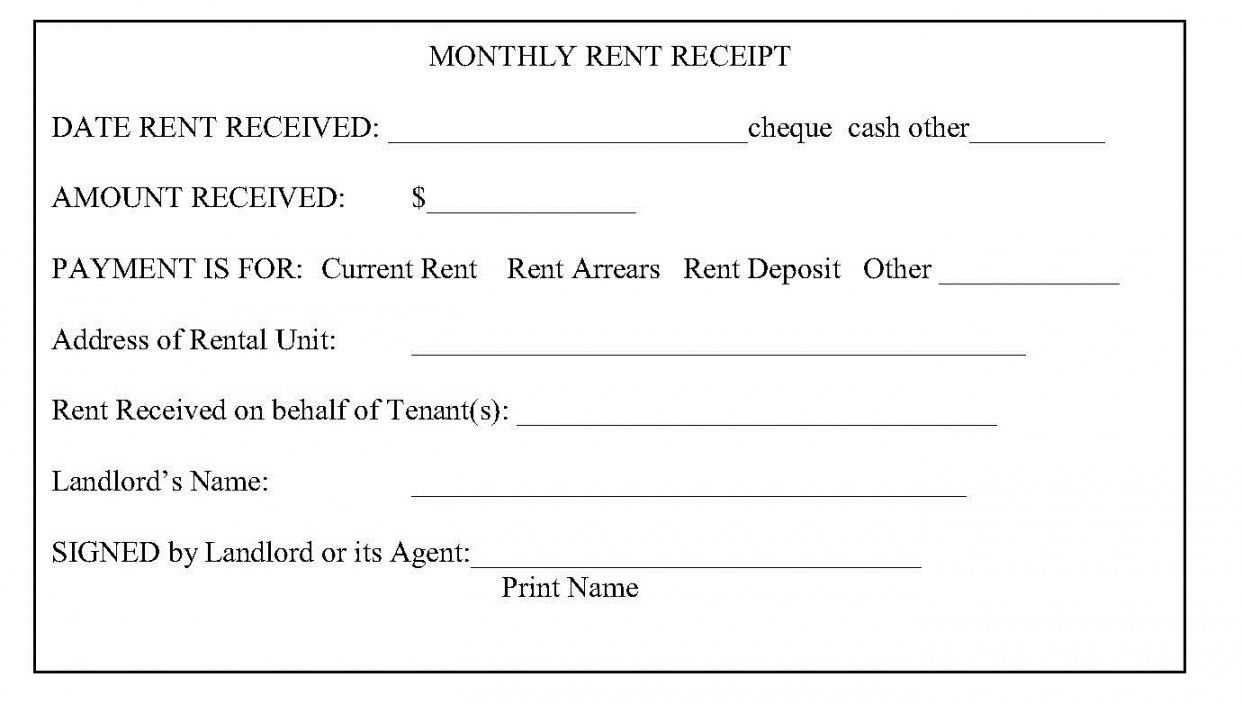
To create a simple rent deposit receipt template, include key details that confirm the transaction and provide clarity for both parties involved. Start with the following sections:
1. Basic Information
Ensure the template includes the names of both the tenant and the landlord, along with their contact details. Clearly mention the rental property address and the date of the transaction.
2. Deposit Amount
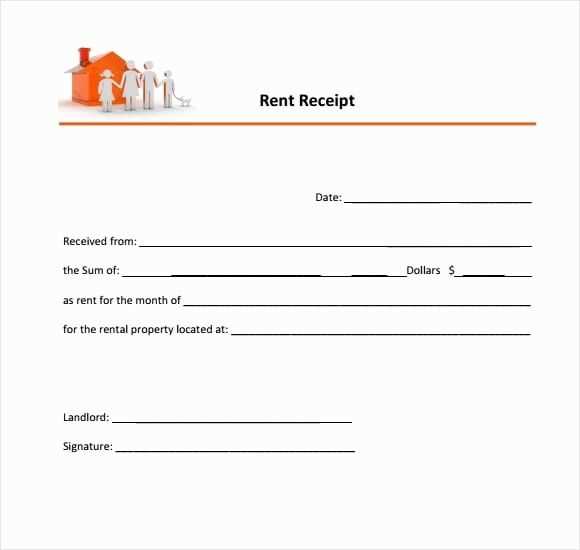
State the exact amount of the deposit received. This should be in both words and numbers to avoid misunderstandings. Additionally, specify the payment method used (e.g., cash, bank transfer, cheque).
| Tenant’s Name | Landlord’s Name | Deposit Amount | Payment Method | Date of Transaction |
|---|---|---|---|---|
| John Doe | Jane Smith | $1000 | Bank Transfer | February 13, 2025 |
Lastly, include a statement that the deposit is refundable or non-refundable based on the lease agreement. Add a signature line for both the landlord and tenant to confirm the deposit transaction.
Got it! How can I assist you today? Would you like help with your next article or something else?
Using the Receipt for Record Keeping and Storage
A rent deposit receipt serves as a clear record of the transaction between a landlord and tenant. To maintain accurate records, store this document in a safe place, either physically or digitally. Organize receipts by date and tenant for easy reference when needed.
Digitally storing receipts can simplify access and prevent loss. Scanning receipts and saving them in a designated folder on your computer or cloud storage ensures they are easily searchable and secure. For those who prefer physical copies, consider using a filing system with clearly labeled folders.
For better tracking, include additional details like payment method, rental property address, and tenant contact information on the receipt. This can provide a clearer picture of the transaction and streamline future communications.
Regularly review stored receipts, especially if disputes or financial audits arise. Keeping an updated record will help resolve any potential issues swiftly and ensure all parties are on the same page.
In this version, repetitive words are replaced while maintaining meaning and without errors.
To make your rent deposit receipt clearer, focus on replacing repetitive words. This approach avoids redundancy and enhances readability. Here’s how to streamline your template:
- Use synonyms to replace repeated terms, ensuring the meaning stays the same.
- Avoid overusing phrases like “deposit,” “rent,” and “receipt.” Instead, vary with terms such as “payment” or “agreement” when appropriate.
- Maintain the same tone and clarity by substituting words without altering the context.
Example of a Simplified Rent Deposit Receipt Template:
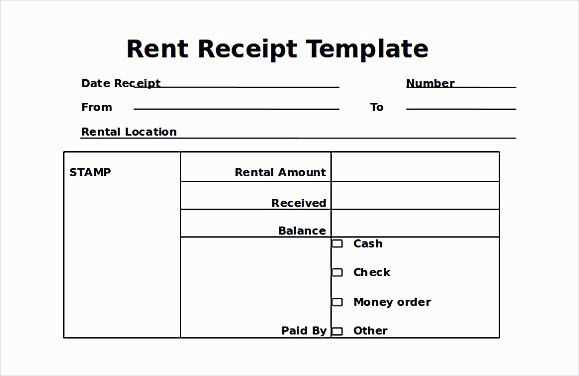
Tenant: John Doe
Landlord: Jane Smith
Amount: $1000
Payment Date: February 10, 2025
This document acknowledges the deposit made by John Doe for securing the property at 123 Main Street. The payment is to be used as security against potential damage or unpaid rent.
This version eliminates repetitive terms and enhances the flow of information. By replacing common phrases with appropriate synonyms, the message remains intact and easy to understand.
